Home>Construction & Tools>Building Materials>How Thick Is Stucco
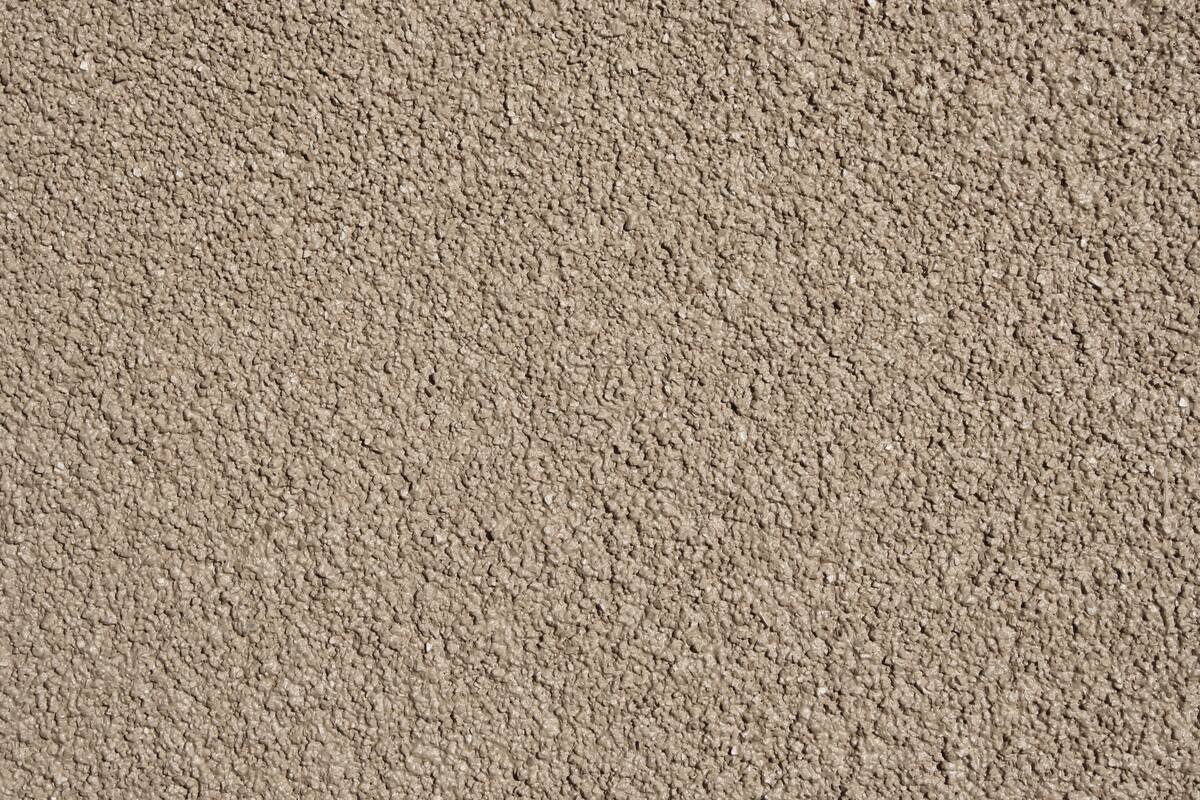

Building Materials
How Thick Is Stucco
Modified: October 20, 2024
Discover the ideal thickness of stucco and its importance as a building material. Learn how stucco enhances durability and insulation.
(Many of the links in this article redirect to a specific reviewed product. Your purchase of these products through affiliate links helps to generate commission for Storables.com, at no extra cost. Learn more)
Introduction
When it comes to constructing or renovating a home, the choice of building materials plays a crucial role in determining the property's durability, aesthetics, and maintenance requirements. Stucco, a popular exterior finish, has been favored for centuries due to its versatility, resilience, and timeless appeal. However, a common question that arises among homeowners and construction professionals is, "How thick is stucco?" This seemingly straightforward query unveils a world of considerations and implications, shedding light on the intricacies of stucco application and its impact on the structural integrity of a building.
In this comprehensive guide, we will delve into the nuances of stucco thickness, exploring its significance, determining factors, and the pivotal role it plays in safeguarding and enhancing the exterior of a property. Whether you're a homeowner seeking to understand the dynamics of stucco application or a construction professional aiming to refine your expertise, this exploration will equip you with valuable insights into the art and science of stucco thickness. Let's embark on this enlightening journey to unravel the mysteries of stucco and its optimal thickness for superior performance and visual allure.
Key Takeaways:
- Stucco thickness, typically ranging from 3/8 inch to 1/2 inch, is crucial for both the durability and visual appeal of a building’s exterior finish. It’s a balance of strength and beauty.
- Factors like architectural design, climate, and application technique influence the optimal stucco thickness. Getting it right ensures the building’s resilience, weather resistance, and long-term maintenance.
Read more: How To Stucco A Foundation
What Is Stucco?
Stucco, derived from the Italian word "stucco," meaning "plaster," is a time-honored building material renowned for its exceptional durability, versatility, and aesthetic appeal. Comprising cement, sand, lime, and water, stucco is meticulously applied to the exterior of buildings, creating a robust and visually captivating finish. Its roots can be traced back to ancient civilizations, where it adorned the walls of architectural marvels, standing the test of time and preserving their grandeur for centuries.
Modern stucco, often referred to as Portland cement plaster, has evolved to offer enhanced strength, weather resistance, and adaptability. It can be customized to achieve various textures, from smooth and sleek to coarse and textured, catering to diverse architectural styles and design preferences. Its ability to withstand harsh climatic conditions, including intense sunlight, heavy rain, and freezing temperatures, makes it a favored choice for exterior applications in both residential and commercial construction projects.
Beyond its robustness and weather resistance, stucco is celebrated for its aesthetic flexibility. It serves as a blank canvas for creativity, allowing for the incorporation of pigments to achieve an extensive spectrum of colors. Additionally, decorative elements such as grooves, keystones, and other architectural details can be seamlessly integrated into the stucco surface, bestowing a touch of elegance and individuality to the exterior of a structure.
Stucco's enduring popularity can be attributed to its ability to marry form and function, offering a harmonious blend of visual allure and structural fortitude. Whether adorning a Mediterranean villa, a modern urban dwelling, or a commercial edifice, stucco stands as a testament to the timeless appeal and unwavering reliability of this venerable building material.
The Thickness of Stucco
Stucco thickness is a critical aspect of its application, influencing not only the visual impact but also the structural resilience of the building. The standard thickness of a stucco application typically ranges from 3/8 inch to 1/2 inch, comprising multiple layers that collectively form a robust and enduring exterior finish. The initial layer, known as the scratch coat, is applied at a thickness of approximately 3/8 inch, serving as the foundation for the subsequent layers. This base coat is meticulously scored to create a textured surface, facilitating the adhesion of the succeeding layers.
Following the scratch coat, the next layer, referred to as the brown coat, is applied at a similar thickness of 3/8 inch. This layer contributes to the overall thickness of the stucco application, adding to its resilience and aesthetic appeal. Finally, the finish coat, which is approximately 1/8 inch thick, is skillfully applied to impart the desired texture and visual finesse to the stucco surface. The cumulative thickness of these layers results in a sturdy and visually captivating exterior finish, showcasing the timeless charm and enduring strength of stucco.
It is important to note that the optimal thickness of stucco may vary based on specific project requirements, architectural styles, and environmental factors. For instance, in regions prone to extreme weather conditions, a thicker stucco application may be recommended to enhance the building’s resistance to moisture, temperature fluctuations, and structural stress. Conversely, in milder climates, a standard stucco thickness may suffice to deliver the desired aesthetic and protective benefits.
Moreover, the expertise of the stucco applicator plays a pivotal role in determining the uniformity and precision of the stucco thickness. A skilled professional will adeptly apply each layer with meticulous attention to detail, ensuring that the specified thickness is maintained consistently across the entire surface. This precision not only contributes to the structural integrity of the stucco finish but also elevates its visual appeal, reflecting a seamless and polished facade.
Understanding the nuances of stucco thickness empowers homeowners and construction professionals to make informed decisions regarding their exterior finishes, striking a harmonious balance between durability, aesthetics, and climate-specific considerations.
Stucco is typically applied in layers, with each layer being about 3/8 to 1/2 inch thick. The total thickness of stucco on a wall is usually around 7/8 to 1 inch.
Factors Affecting Stucco Thickness
The determination of stucco thickness is influenced by a myriad of factors, each playing a significant role in shaping the final outcome of the exterior finish. Understanding these factors is essential for ensuring the optimal application of stucco, aligning with the structural and aesthetic requirements of the building. Here are the key factors that impact stucco thickness:
- Architectural Design: The architectural style and design of the building influence the recommended stucco thickness. For instance, structures with intricate details and ornate features may necessitate a thicker stucco application to accommodate the depth and complexity of the design elements.
- Climate and Weather Conditions: The prevailing climate and weather patterns in a region play a pivotal role in determining the ideal stucco thickness. Areas prone to heavy rainfall, extreme temperature variations, or high humidity levels may require a thicker stucco application to enhance the building’s resistance to moisture and structural stress.
- Structural Substrate: The type and condition of the underlying structural substrate, such as wood, masonry, or concrete, impact the recommended stucco thickness. The substrate’s stability and composition influence the necessary thickness to ensure proper adhesion and long-term durability of the stucco finish.
- Building Codes and Regulations: Local building codes and regulations may stipulate minimum thickness requirements for stucco applications to meet structural and safety standards. Compliance with these guidelines is essential to ensure the structural integrity and longevity of the stucco finish.
- Application Technique and Expertise: The proficiency of the stucco applicator and the chosen application technique directly affect the uniformity and precision of the stucco thickness. Skilled craftsmen employing best practices can achieve consistent and optimal stucco thickness, contributing to the durability and visual appeal of the finish.
- Customization and Texture: The desired texture and customization of the stucco finish may influence the recommended thickness. Textured or embossed surfaces may require additional thickness to accommodate the design intricacies and achieve the desired visual impact.
By considering these factors in the planning and execution of stucco applications, homeowners and construction professionals can make informed decisions regarding the appropriate thickness of stucco, ensuring that the exterior finish aligns with the structural, aesthetic, and environmental requirements of the building.
Importance of Proper Stucco Thickness
The significance of proper stucco thickness extends beyond mere aesthetics, encompassing crucial structural and functional implications that are integral to the long-term performance and resilience of a building’s exterior. Understanding the importance of achieving the appropriate stucco thickness is paramount for homeowners and construction professionals alike, as it directly impacts the durability, weather resistance, and visual appeal of the stucco finish. Here are the key reasons highlighting the importance of proper stucco thickness:
- Structural Integrity: Adequate stucco thickness contributes to the structural integrity of the building envelope, offering a protective barrier against external elements such as moisture, wind, and temperature fluctuations. Properly applied stucco acts as a shield, fortifying the underlying substrate and enhancing the overall stability of the structure.
- Moisture Management: Optimal stucco thickness plays a crucial role in managing moisture infiltration, preventing water ingress and safeguarding the building against potential damage, such as rot, mold, and deterioration of the structural components. A well-maintained stucco thickness helps mitigate the impact of water exposure, preserving the building’s longevity.
- Weather Resistance: Thicker stucco applications offer enhanced resilience against adverse weather conditions, including heavy rain, snow, and intense sunlight. By providing an additional layer of protection, proper stucco thickness minimizes the risk of weather-related deterioration, ensuring the longevity and visual appeal of the exterior finish.
- Enhanced Insulation: Appropriately thick stucco applications contribute to the thermal insulation properties of the building, aiding in energy efficiency and climate control. The added thickness of stucco helps regulate indoor temperatures, reducing heat transfer and enhancing the comfort and sustainability of the structure.
- Visual Appeal and Customization: Achieving the proper stucco thickness is essential for realizing the desired aesthetic vision, whether it involves a smooth, sleek finish or a textured, artisanal facade. The right thickness allows for the seamless integration of decorative elements and customized textures, elevating the visual allure of the building’s exterior.
- Long-Term Maintenance: By adhering to the recommended stucco thickness, property owners can minimize the need for frequent maintenance and repairs, as the robust exterior finish is better equipped to withstand environmental stressors and aging. This translates to long-term cost savings and reduced upkeep requirements.
Recognizing the multifaceted importance of proper stucco thickness empowers stakeholders in the construction and renovation processes to prioritize precision and adherence to industry standards, ensuring that the stucco finish delivers enduring performance, visual elegance, and protective functionality.
Read more: How To Inspect Stucco
Conclusion
In the realm of construction and architectural design, stucco stands as a timeless testament to the marriage of durability and elegance, offering a versatile and enduring exterior finish for a myriad of structures. The exploration of stucco thickness unveils a tapestry of considerations, encompassing both practical and aesthetic dimensions that shape the application and impact of this venerable building material.
From its ancient origins to its modern adaptations, stucco has withstood the test of time, adorning buildings with its resilient and visually captivating presence. The optimal thickness of stucco, typically ranging from 3/8 inch to 1/2 inch, is intricately woven into the fabric of its application, influencing not only the structural fortitude but also the visual allure of the exterior finish.
Understanding the factors that influence stucco thickness, from architectural design and climate considerations to application techniques and customization, empowers stakeholders to make informed decisions that align with the specific requirements and aspirations of their projects. By recognizing the importance of achieving proper stucco thickness, stakeholders can safeguard the structural integrity, weather resistance, and aesthetic finesse of their buildings, ensuring enduring performance and visual appeal.
As we conclude this enlightening journey into the realm of stucco thickness, it becomes evident that this seemingly simple question, "How thick is stucco?" unravels a world of insights, unveiling the art and science behind this venerable building material. Whether gracing the walls of a Mediterranean villa, a contemporary urban dwelling, or a commercial masterpiece, stucco, with its optimal thickness and timeless allure, continues to leave an indelible mark on the architectural landscape, standing as a testament to the enduring legacy of craftsmanship and resilience.
Frequently Asked Questions about How Thick Is Stucco
Was this page helpful?
At Storables.com, we guarantee accurate and reliable information. Our content, validated by Expert Board Contributors, is crafted following stringent Editorial Policies. We're committed to providing you with well-researched, expert-backed insights for all your informational needs.
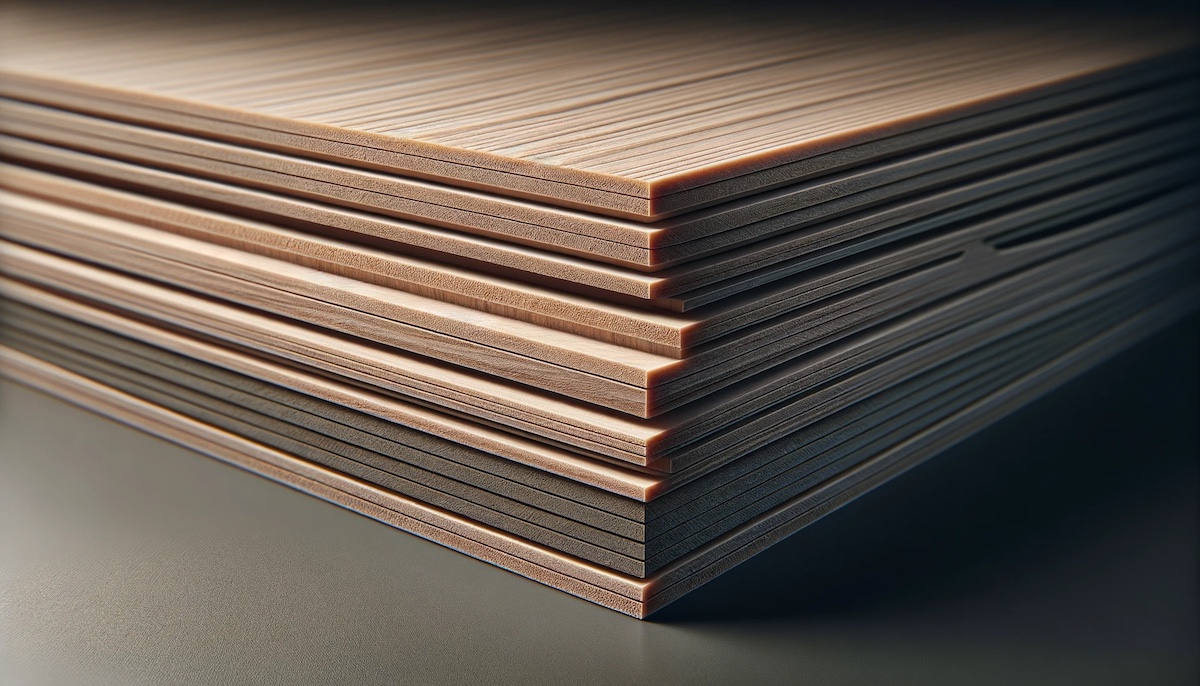
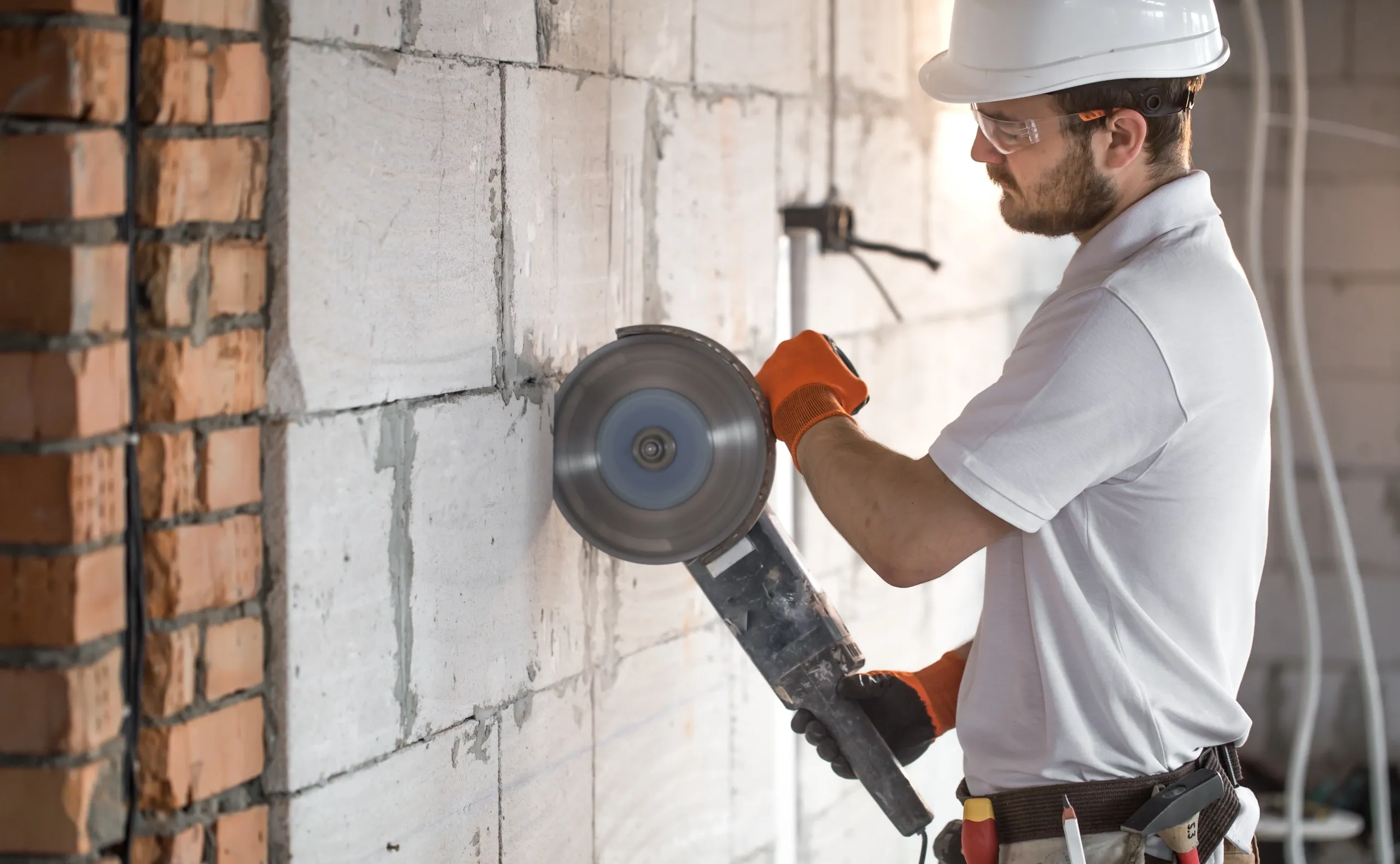
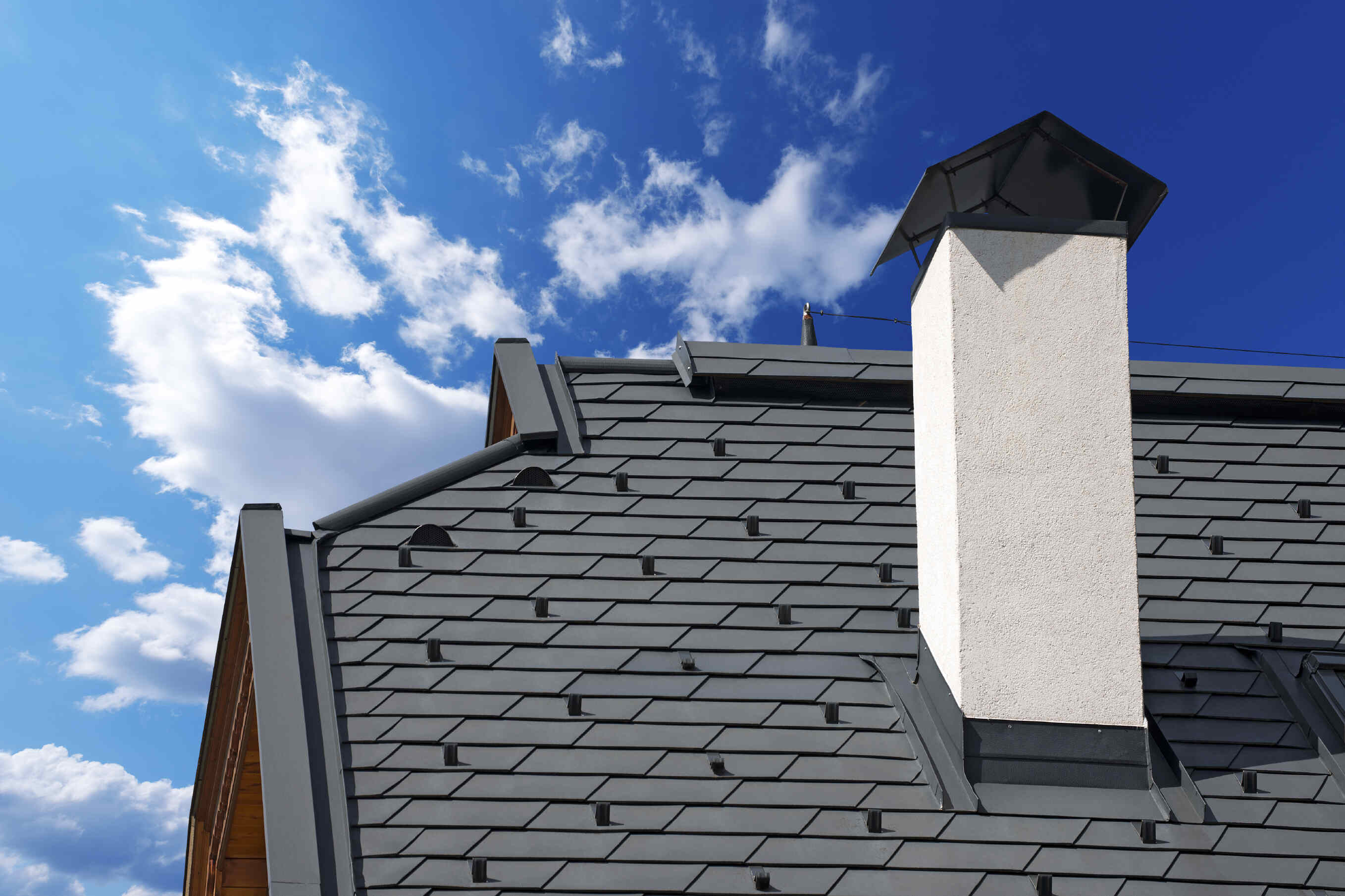

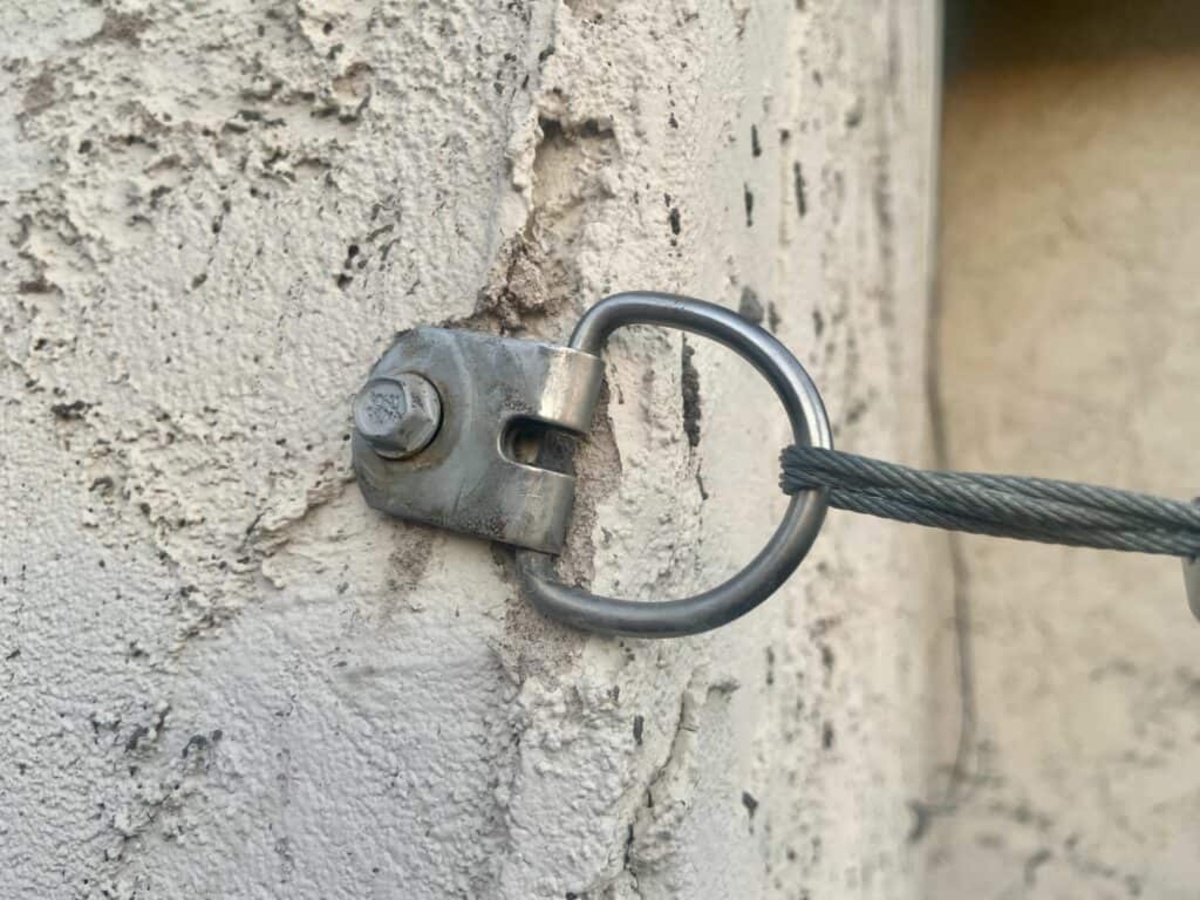
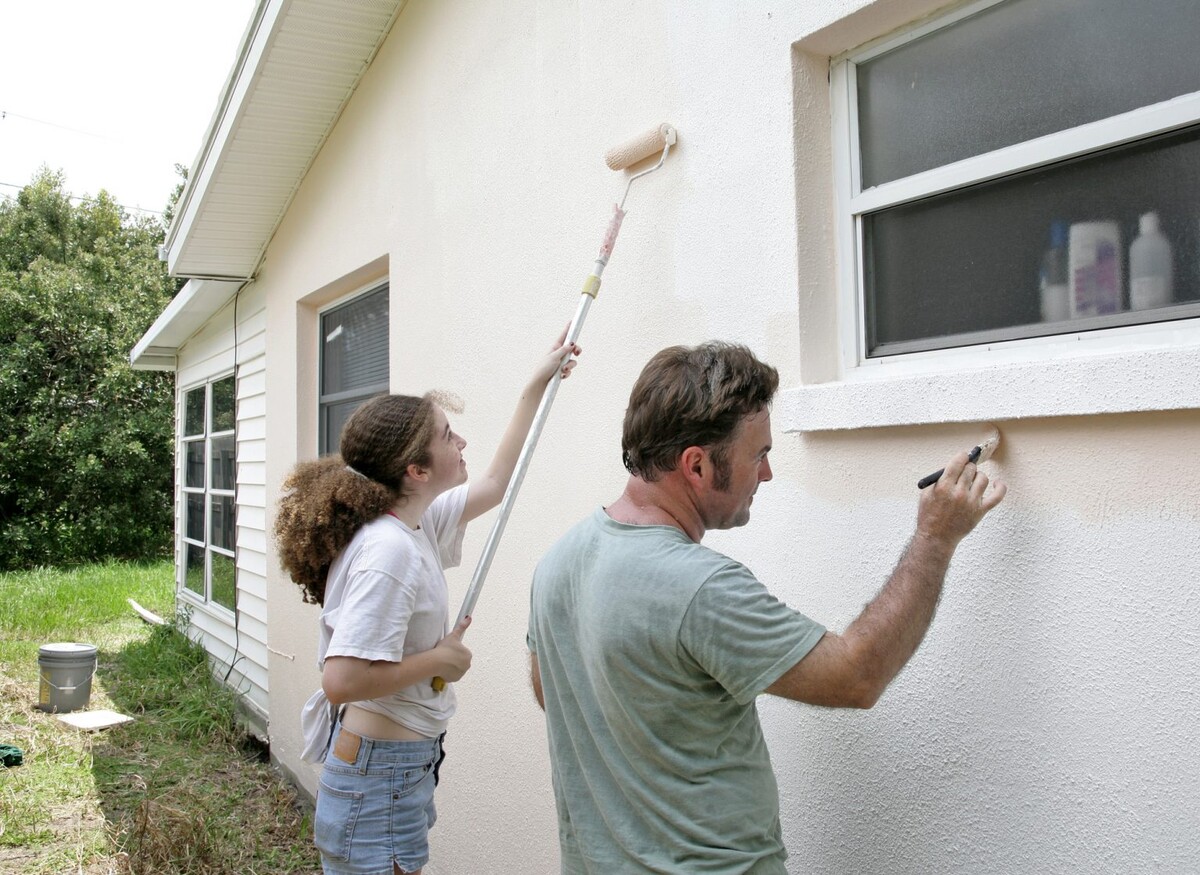
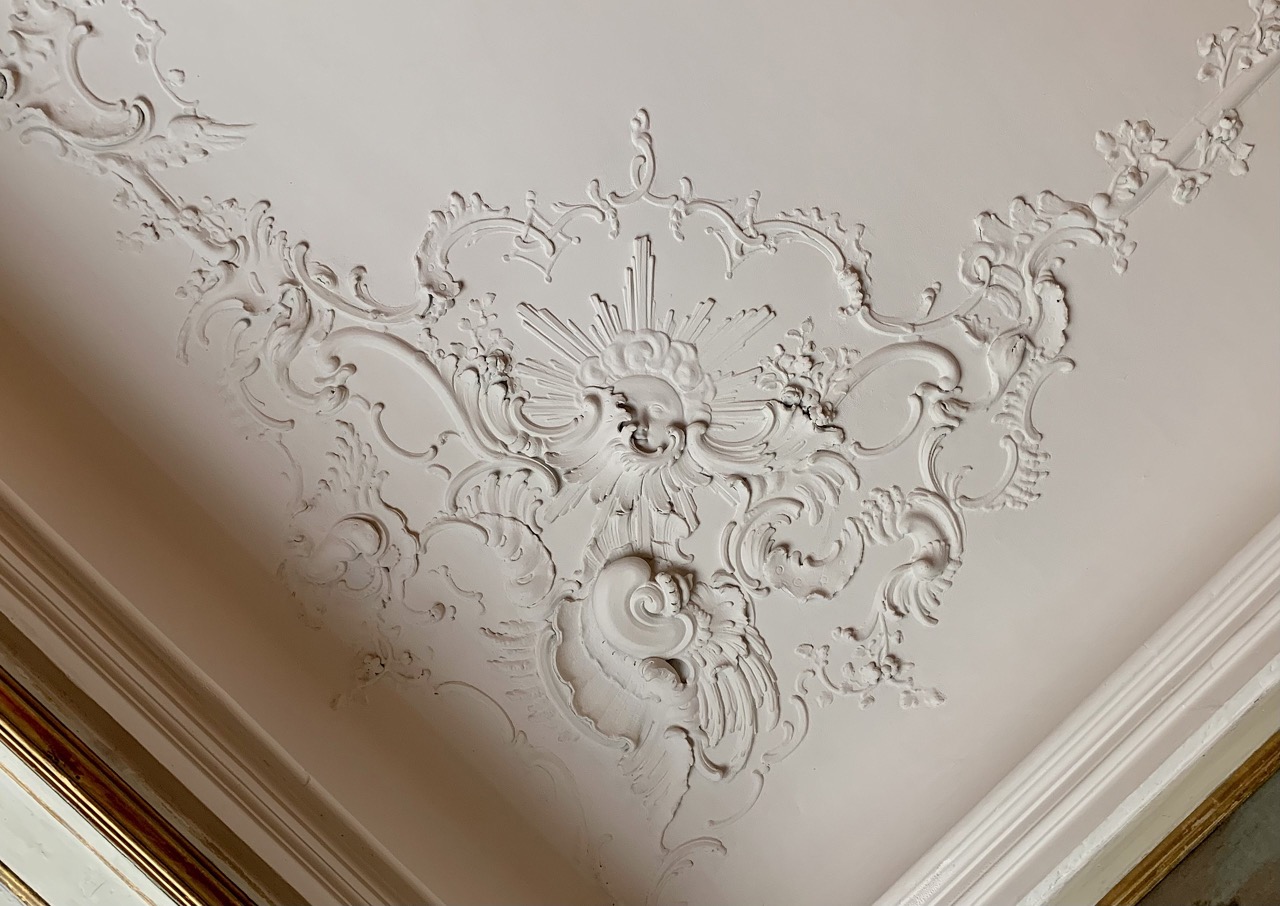
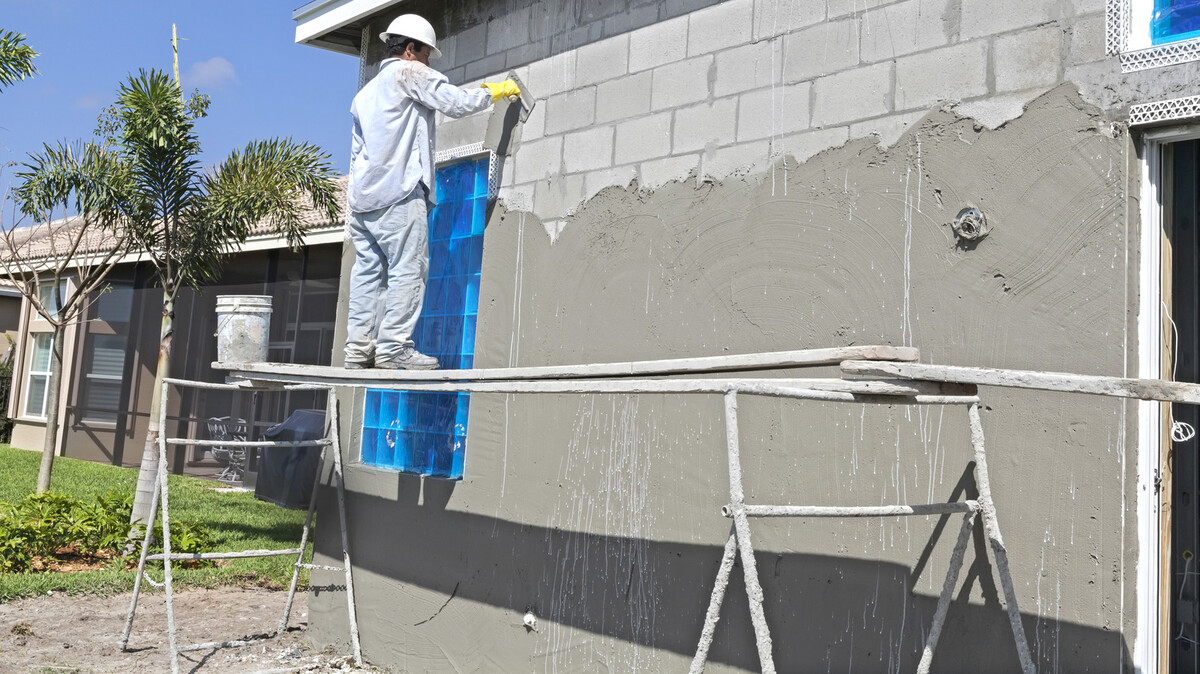
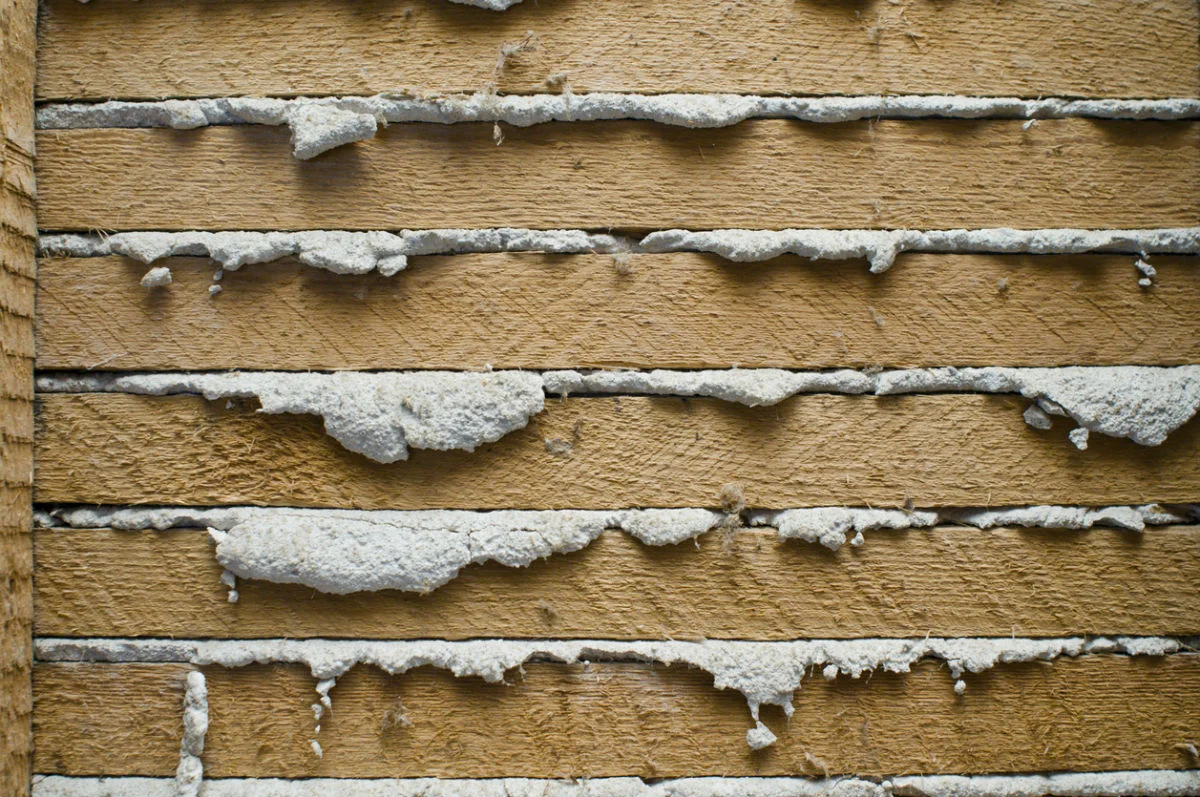
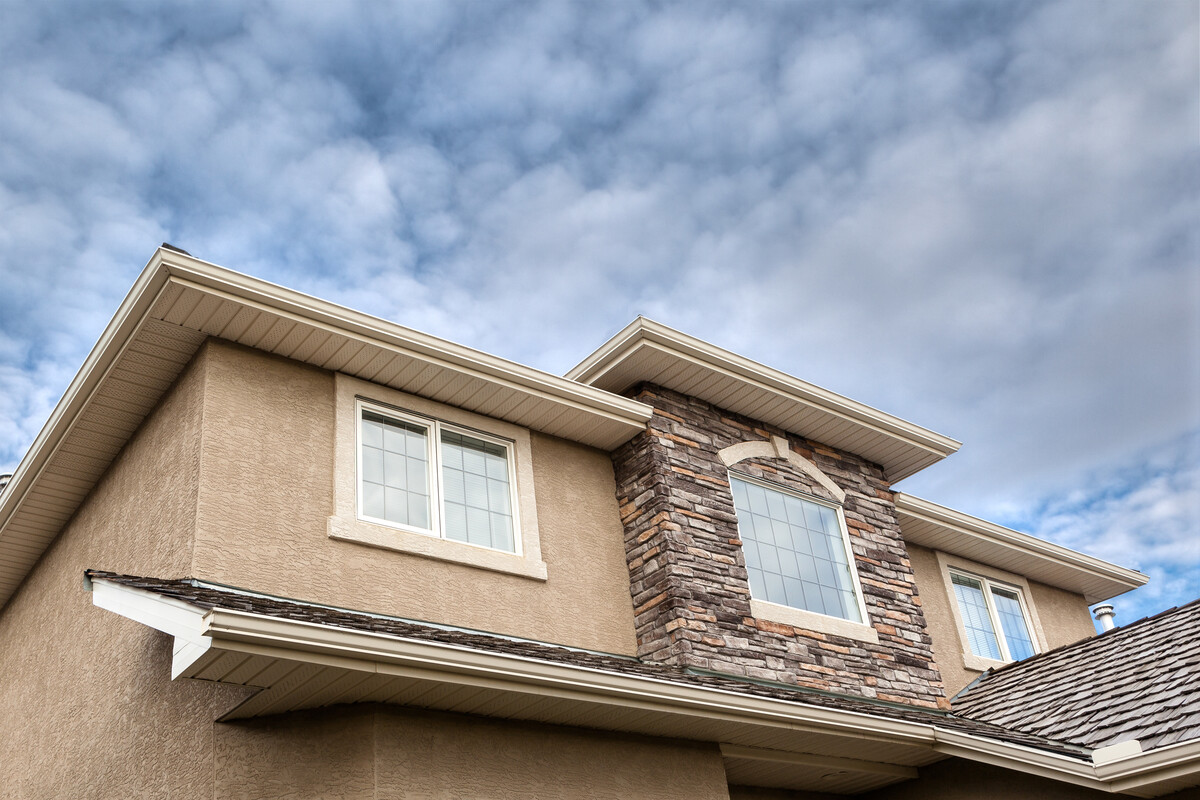
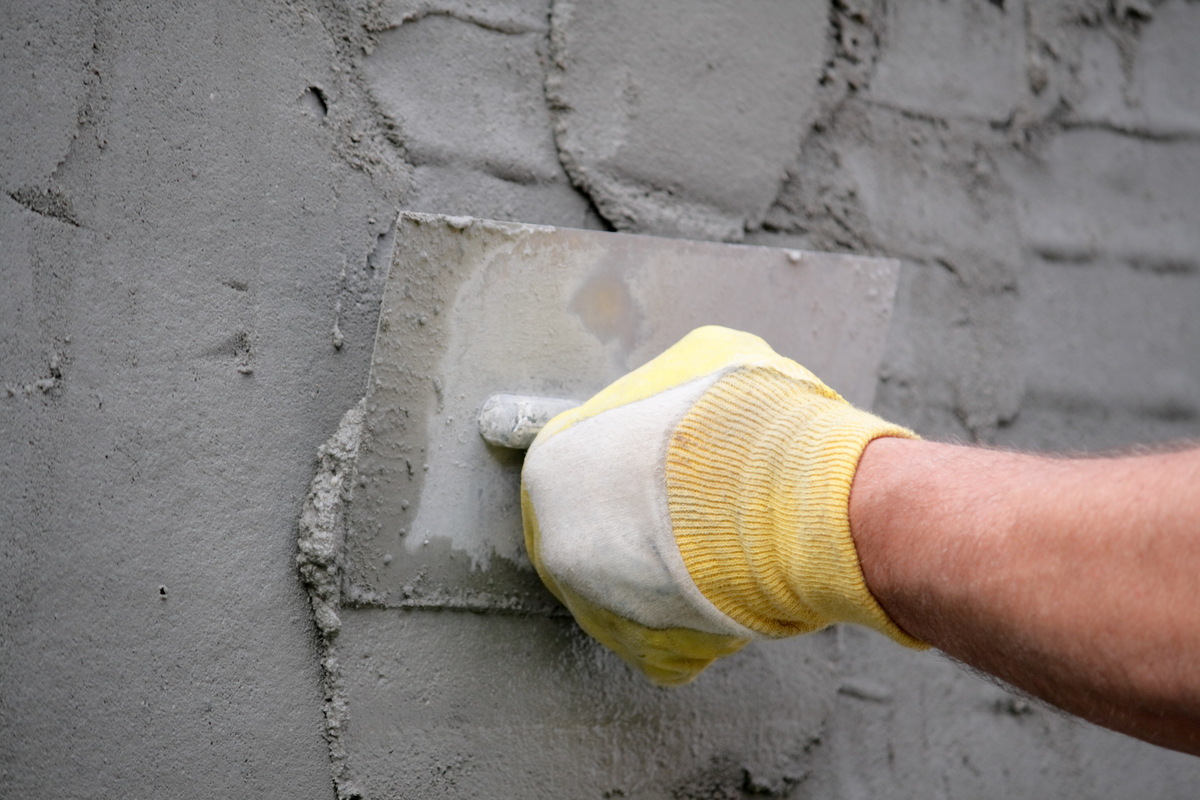
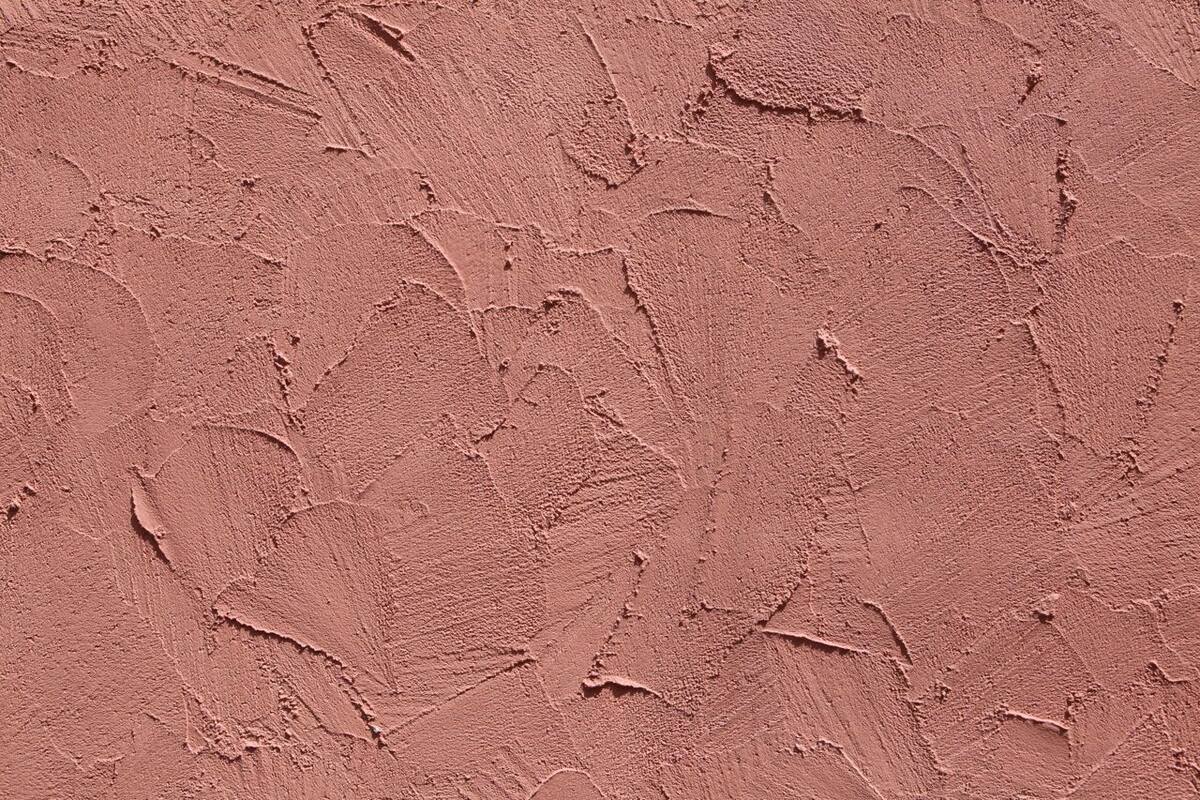
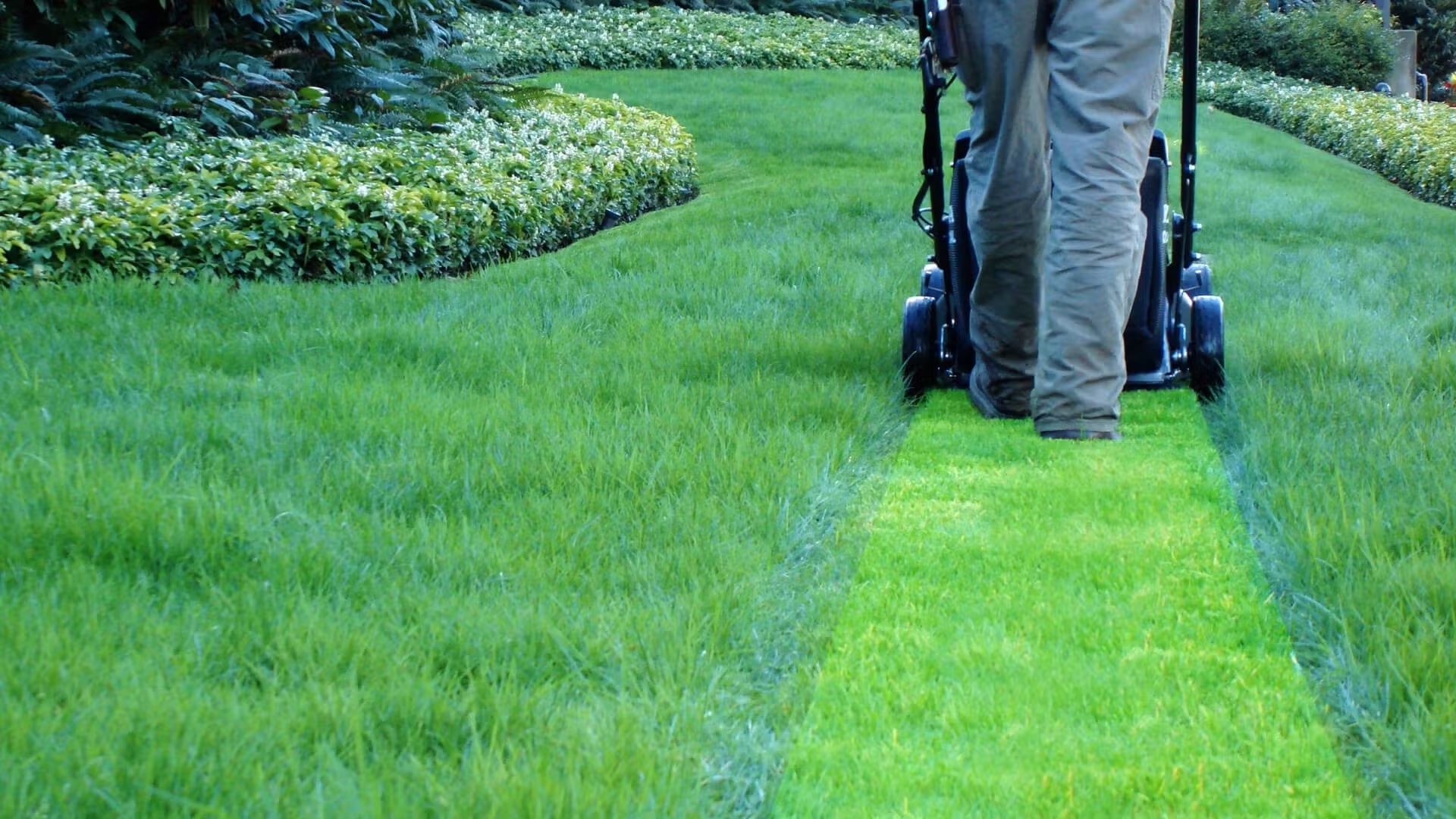


0 thoughts on “How Thick Is Stucco”